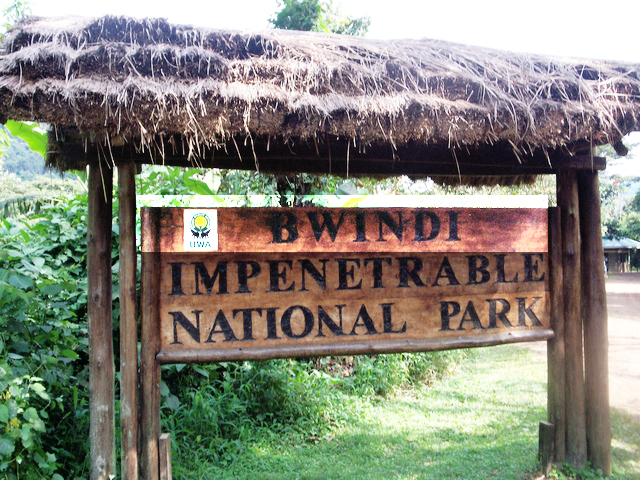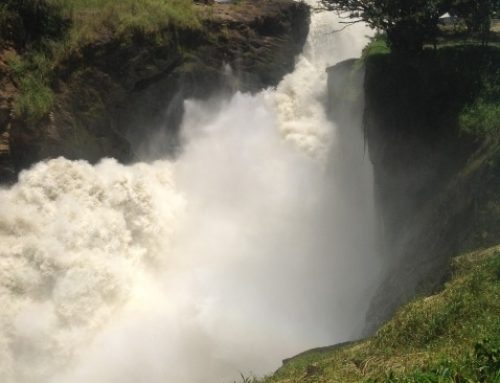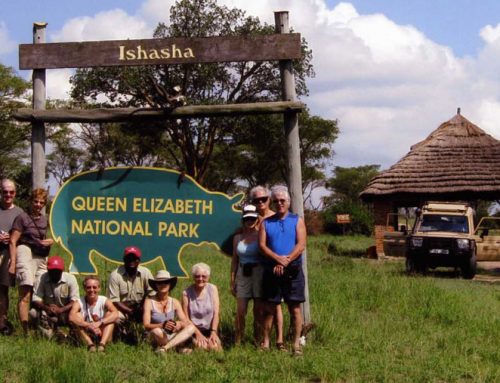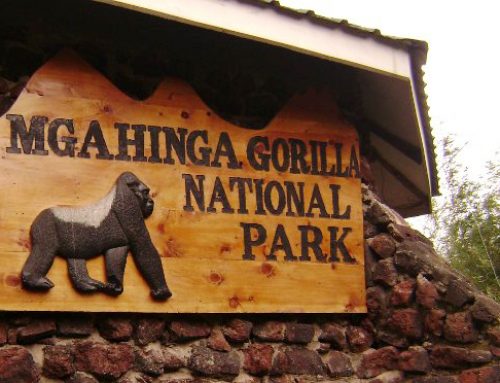Project Description
Bwindi impenetrable National Park was recognized as a world Heritage site in 1994. It is made up of 327km² of tangled vegetation draped over a deeply fissured landscape of steep, slippery valleys and high, draughty ridges. But if the terrain is far from easy to negotiate, it is well worth the effort. A trek through one of Africa’s most ancient rain-forests in search of the mountain gorillas ranks among the world’s premier wildlife encounters.
The temperatures can hit really low levels especially in the morning and at night. The annual average temperature range is 7-20 with the coldest season being June and July. Warm clothing is required, plus wet weather gear since Bwindi receives up to 2390mm of rain/ year. This is concentrated during two wet seasons, shortrains in March-May and heavy rains in September-November. Instead of short tropical deluges, rain in Bwindi often falls as long hours of soft drizzle.
Bwindi is a prime destination for birdwatchers. It’s 350 species include seven which are ICN red data listed and 90% of all Albertine rift endemics, species which are difficult or impossible to see in any other part of East Africa. An experienced bird watcher can easily identify up to 100 species in a day.
Gorilla tracking is a captivating and unforgettable experience which more than repays the effort needed to reach Bwindi and to trek through the forest. The activity can be challenging and one needs to be reasonably fit. Bwindi has four habituated gorilla groups; The Mubare group, Habinyanja group, Rushegura group and Nkuringo group.





